Former Caley Thistle chairman David Sutherland has been praised for using his building boss expertise to bring top-flight Scottish football to the Highland capital 20 years ago.
Jim Falconer, who was club secretary from the merged club’s birth in 1994 until 2019, reflected on ICT reaching the Scottish Premier League (SPL) 20 years ago.
A rule where all stadia had to have at least 10,000 seats meant, after winning the First Division in 2004, Inverness initially were required to groundshare with Aberdeen.
When it was agreed in the same year the rules would be changed, and 6,000-seater venues would be accepted in the SPL, Sutherland – who was chief of building giants Tulloch – led the work to bring the Caledonian Stadium up to scratch.
Within a short space of time that winter, the Tulloch team transformed terracing behind each goal to build North and South Stands.
This meant Caley Thistle could return to Inverness to play their first top-table match by January 29, with the game against Dunfermline ending in a 2-0 victory thanks to goals from Barry Wilson and Craig Brewster.
Pressure was on to get stands built
Falconer told The Press and Journal the speed of the work to deliver a stadium fit for SPL matches was a sight to behold.
He said: “They didn’t start constructing the stands until the end of November.
“We thought we’d have the whole season to get the stands in place at the Caledonian Stadium, but we were told (by the SPL) that if we get the stands built by the end of January, you can play there.
“That was the midway stage and you had played everyone twice. The pressure was on for Tullochs to get the stands built quickly and they did that.
“It was unbelievable. When you also consider the weather at that time of year – we had snow, even a hurricane!
“To get the safety certificate, it came down to the very last few days.
“But fair play to David Sutherland and Tullochs – it was amazing.”
‘Were we going up or not?’
Inverness pipped Clyde to the Division One title in 2003-2004 and their win over St Johnstone led to the helicopter coming to the Highlands for a promotion party.
Falconer recalled celebrations were soon tempered as rivals argued ICT should not be allowed into the SPL as their stadium was not compliant.
And this led to a summer of talks before the deal to play at Pittodrie was struck.
He said: “I don’t think we could celebrate the title really until July because Partick Thistle objected. But that was over-ruled.
“After the euphoria of winning the First Division by beating St Johnstone, we didn’t know what was going to happen. Were we going up or not?
“At that point, it was difficult to be truly excited about the prospect of playing in the SPL.”
Entire match-day operation moved to Aberdeen
Falconer added: “We approached Aberdeen and there was a lot of discussion at that time with ourselves, Aberdeen and the SPL (as it was).
“When we initially approached Aberdeen, they said yes – for a price.
“Putting the money aside of it, Aberdeen made us feel very welcome. They went out of their way to help us.
“Morven Reid, our operations manager at the time (and current depute provost of Inverness and area), played a big part in making it work.
“It wasn’t just the team going through there, Morven and her staff were through there selling tickets and strips and everything else that goes along with match days.
“I recall there were many Sunday games for us in Aberdeen and some midweek games.”
Dingwall was also host venue for ICT
Falconer pointed out Caley Thistle had THREE home grounds in season 2004-2005, as a Scottish Cup tie was played in Dingwall.
He said: “We played against St Johnstone in the Scottish Cup in Dingwall (a 1-0 win thanks to a Stuart Golabek goal) – I think it was a few weeks before we came back to play in Inverness.
“We just thought it might attract a better crowd and it would be a bit different for fans, and Ross County were fine to host that game.”
Two top-flight periods before falls
By the end of their debut season in the SPL, Caley Thistle finished eighth and enjoyed five years at the top-level of Scottish football there before being relegated.
Under Terry Butcher and Maurice Malpas, they came straight back up from the Championship in 2010, and they remained their for seven further years before dropping down to the second tier once more.
In May of this year, ICT were relegated into League One.
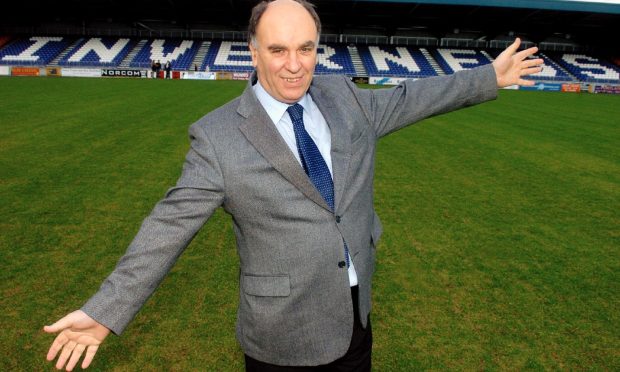
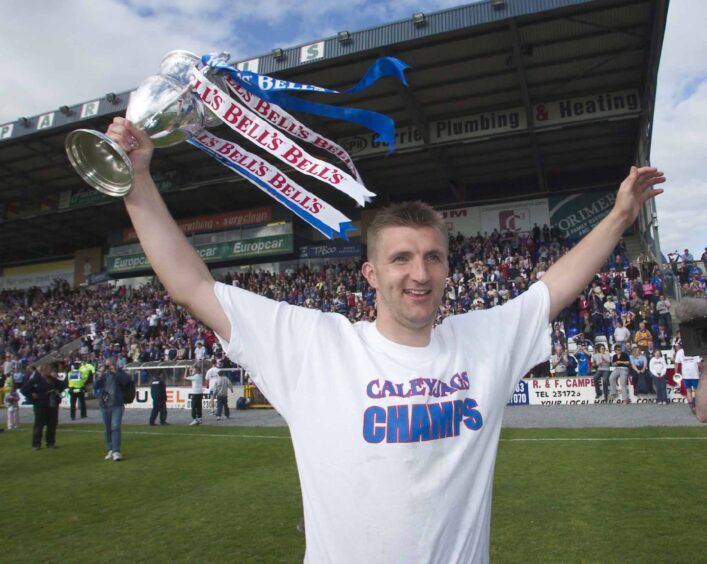
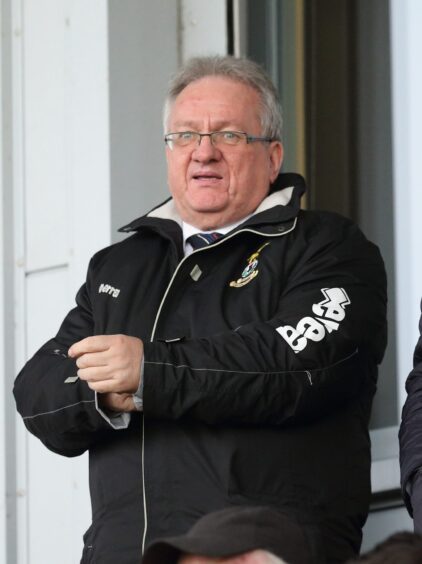
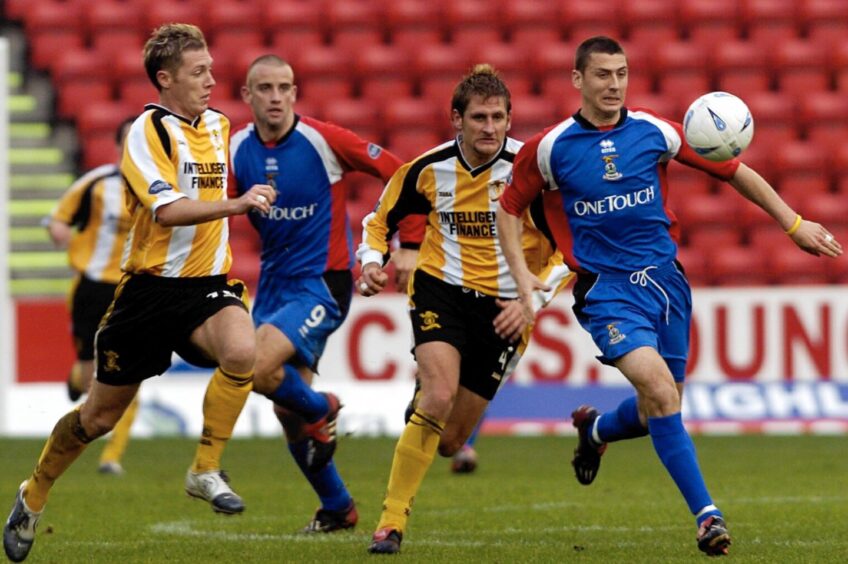
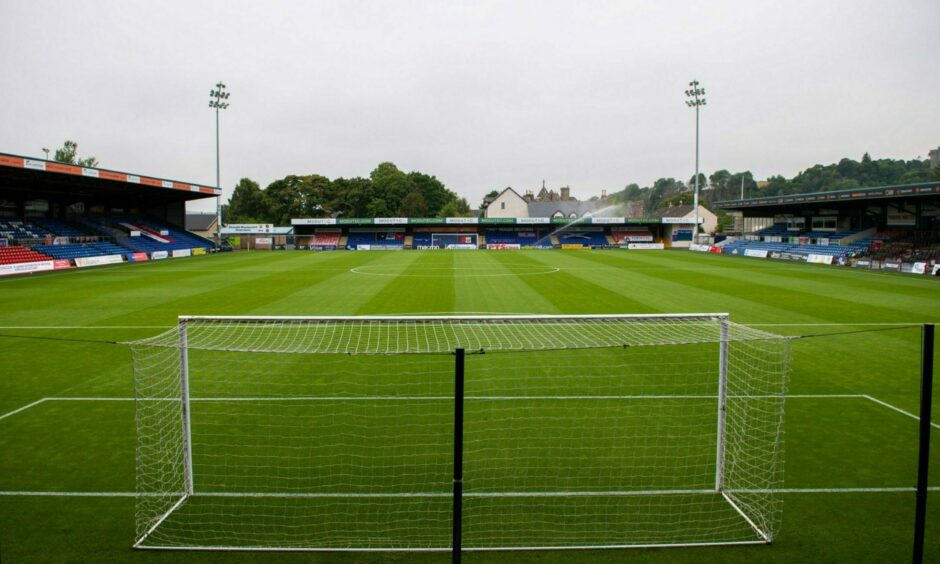
Conversation